From Bolduc Knives
No video selected.

We asked specialty knife maker, Gary Bolduc, to design and manufacture a special edition Fly Out knife that is extremely tough and multi-functional, and engraved with our signature bush plane logo. It is a fantastic utility, hunting, backpacking, and all purpose knife that is a tough little monster! It has a stone wash finish 3.5" blade, para cord wrap 4" handle built out of S35VN stainless steel with a kydex sheath. The knife is super slim, yet tough as nails, extremely light weight, with 2 lanyard holes for pole lashing or handle pull & spine gimping for finger control. Holes in kydex sheath allow you to tie it anywhere you want or use the belt loop to carry.
Bolduc Knives is synonymous with quality when it comes to the knife industry for sportsmen. Many of his hunting and fishing knives are inspired by Alaska, and we're proud to have one of his products bear the Fly Out brand. You can purchase a Fly Out knife by emailing us at [email protected]. These knives start at $150 + shipping. Different knife handles are available upon request.
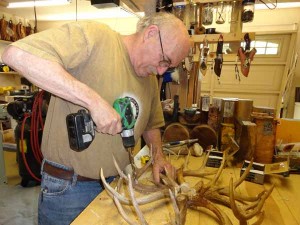 About Gary:
About Gary:
Raised as a young man in Vermont attracted my interest to the views of the rolling hills, country back roads and flowing streams. Around eight or nine years of age, I started exploring the geography within a 2 or 3 mile radius of my home in the countryside. I would collect stones, odd pieces of wood, or whatever I thought was interesting. I always wondered what was over the next hill, usually climbing a tree for a better vision if I dared not to venture any further. As I grew older, I lost this fear and traveled as far as I could in one day, of course, coming home exhausted. Once I turned sixteen and obtained a driver's license, I was allowed to explore vast areas via back country roads. I would stop at interesting streams, apple orchards gone wild and maple tree stands of forest for a new exploration, all of the time watching for deer, woodchucks, partridge, hawks, squirrels and whatever else I would happen upon or would cross my path.
Read More about Gary Bolduc
on Monday, 04 November 2013.
Posted in Article, Gear
Featuring Tikchik Narrows Lodge Pilot Steve Larsen
No video selected.
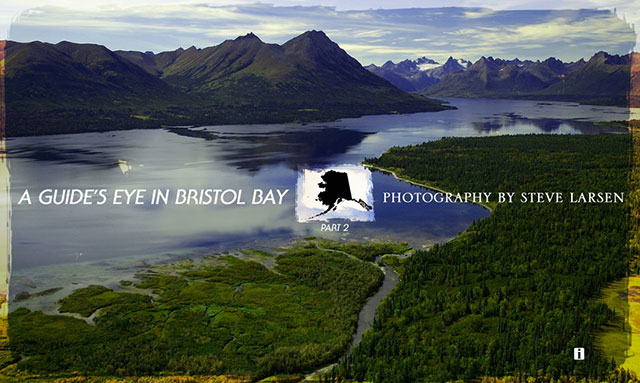
The Catch Magazine issue is live. Check out the 2nd essay from Tikchik Narrows Lodge pilot Steve Larsen on Bristol Bay. Steve has been a pilot in Southwest Alaska for over 30 years, and his cameras have always come along with him. Check out this wonderful essay by subscribing to Catch Mag at catchmagazine.net.
on Wednesday, 07 August 2013.
Posted in Photo, Article
Featuring Tikchik Narrows Lodge
No video selected.
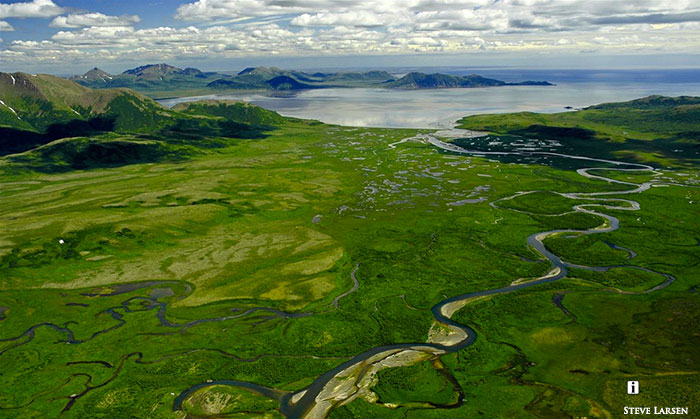
Tikchik Narrows Lodge pilot Steve Larsen's photography is featured in the newest Catch Magazine - issue 29. Incredible images of Bristol Bay! Distinctly Alaska. Subscribe today!
CatchMagazine.Net
From the Magazine:
Steve Larsen grew up in Seattle and departed for Alaska in the early 80's to pursue a seaplane flying career on Kodiak Island. After flying for 12 years on Kodiak he started looking at the lodge flying business. A perfect fit for Steve awaited at Tikchik Narrows Lodge - a new adventure and more time for photography.
Steve has accumulated over 19,000 hours and 30 years of flying in SW Alaska, The Alaska Peninsula and Bristol Bay. This will be his 20th season at Tikchik Narrows Lodge. 95% of his flying is in a Dehaviland Beaver - a great platform for aerial photography.
on Thursday, 06 June 2013.
Posted in Article
From Paul Vecsei
No video selected.

This guy is serious about photography! An incredible photo essay on underwater salmon from Hatch Magazine.
on Wednesday, 24 April 2013.
Posted in Article, Conservation
By Ryan Peterson
No video selected.
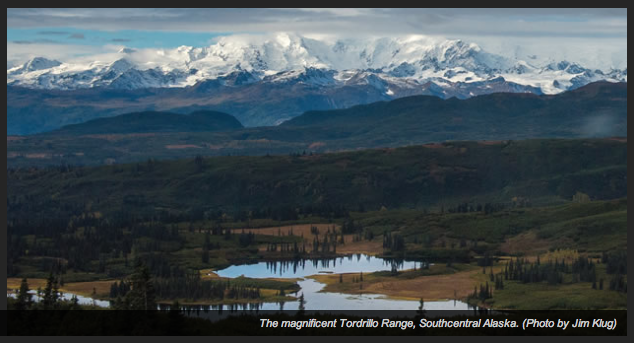
This is a must read by Ryan Peterson on the DrakeMag.com. There is a real war being waged on salmon - let's do something. Voice your opinions with the state of Alaska.
on Wednesday, 24 April 2013.
Posted in Article, Conservation
February - March
No video selected.
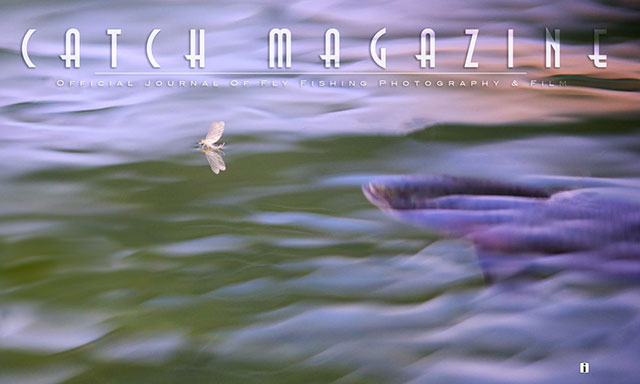 There isn't much Alaska in this issue, but the images will inspire you! Behold Catch Magazine - The World's Best Fly Fishing Photography. Click Here
There isn't much Alaska in this issue, but the images will inspire you! Behold Catch Magazine - The World's Best Fly Fishing Photography. Click Here
on Wednesday, 06 March 2013.
Posted in Article
From Fly Out Ambassador Bob White
No video selected.

This is an incredible Bristol Bay rainbow piece by Fly Out ambassador Bob White. Check out images for this painting progression in the following gallery.
{gallery}BlogContent/Jan2013/BobWhite/gallery{/gallery}
See the whole play-by-play painting progression at Bob's Website. Or, Buy a Print.
on Tuesday, 22 January 2013.
Posted in Article
Need a place to start? Send us an email!
No video selected.
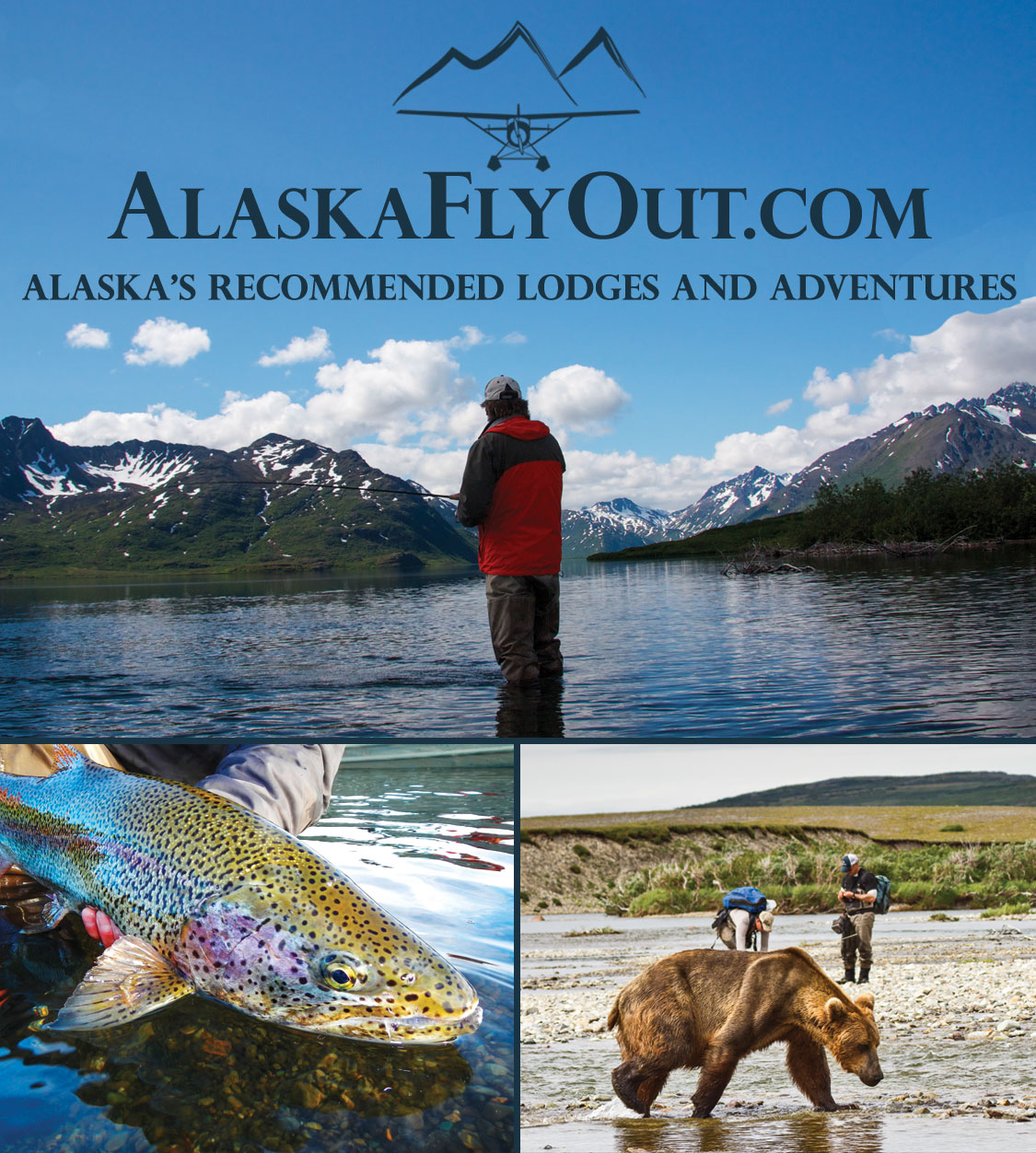
This is the time to book your Alaska fishing trip or adventure for 2013! The best lodges and adventures are filling up fast.
We have information with 35+ Fly Out Lodges, River Lodges, Float Trips, Adventure Operations, Air Taxis, and More. . .
Our booking advice is free! And, every time you book one of our recommended lodges and adventures from AlaskaFlyOut.com we donate 5% of your trip price to conservation efforts in AK. Plus, we'll send you a free fly rod (you choose which weight)!
Contact Us for Free Booking Advice
406.781.7184 - [email protected]
on Tuesday, 08 January 2013.
Posted in Article
A Special Gift for Your Beloved Fishy Friend
No video selected.
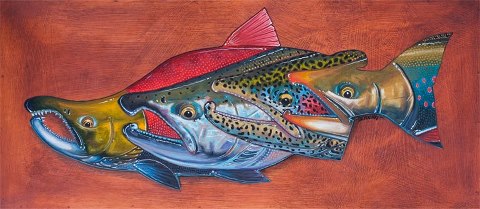
Derek DeYoung portrays a few of Alaska's most iconic fish in a piece he titles "Fab Four - Alaskan September". DeYoung writes, "This painting captures the four fish we caught, both on purpose and accidentally... in the Kenai River, AK. last September. It was some of the most amazing fishing I've ever had, and although I held my own, my Dad managed to outfish me almost everyday.. I guess that is as it should be." You can find more of DeYoung's art at http://derekdeyoung.com/store/available-originals.
on Thursday, 20 December 2012.
Posted in Article
From the Fly Out Film Project
No video selected.
The Fly Out team just wrapped up an amazing month in Alaska filming for the Fly Out Film Project. We had a ton of fun with some of our recommended lodges and adventures. A big thank you to Mission Lodge, Tikchik Narrows Lodge, Wild River Guides, Talkeetna Air Taxi, Keen Eye Anglers, Regal Air, and Tordrillo Mountain Lodge for showing us an Alaska adventure of a lifetime. See our production photo album below and stay tuned to the release of our film and web series available on AlaskaFlyOut.com. {gallery}/BlogContent/September2012/Film/Gallery{/gallery}
You can find more photo/video, updates, and more by liking us on . . .
No video selected.
on Wednesday, 19 September 2012.
Posted in Article

 About Gary:
About Gary:






